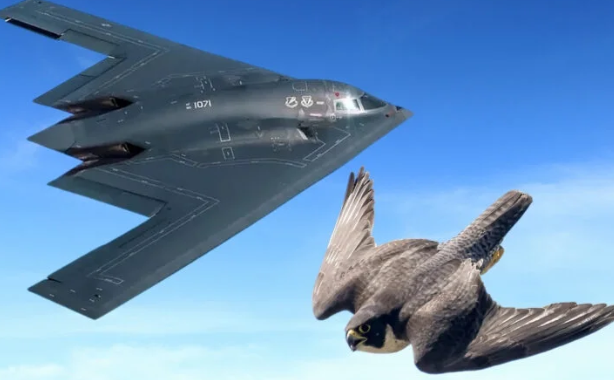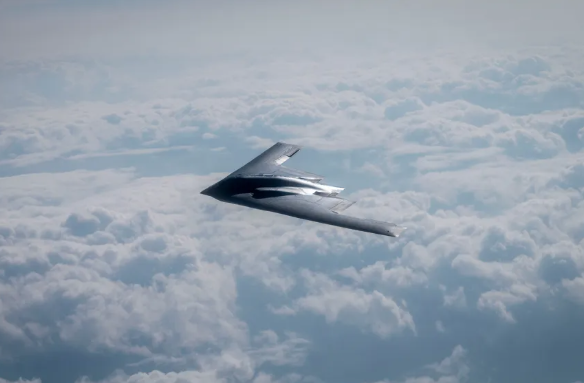
Introduction
In the realm of military aviation, few aircraft evoke as much awe and technological admiration as the B-2 Spirit. Introduced in the late 1980s, the B-2 was designed to replace older bombers and provide a strategic advantage through its stealth capabilities. Despite its age, it remains one of the most advanced aircraft in service today.
Design and Stealth Technology
The most distinctive feature of the B-2 is its flying wing design, which eliminates vertical surfaces and reduces radar cross-section. This design, combined with radar-absorbing materials and heat-shielding technologies, gives the B-2 its near-invisibility to radar systems.
The aircraft's stealth capabilities are multi-faceted:
-
Radar Absorption: The surface materials and special coatings absorb enemy radar waves.
-
Infrared Suppression: Exhaust systems are designed to minimize heat signatures.
-
Acoustic and Visual Stealth: Engine noise and visual profile are also minimized to avoid detection.

Performance and Capabilities
Powered by four General Electric F118-GE-100 engines, the B-2 has a range of over 6,000 nautical miles without refueling and can carry up to 40,000 pounds of ordnance. It is capable of delivering both conventional and nuclear weapons with pinpoint accuracy using advanced targeting systems and GPS-guided munitions.
Despite its size and weight, the B-2 is highly maneuverable for a bomber, capable of long-duration missions across the globe, often launched from the continental U.S. to strike overseas targets without stopping.
Cost and Operational Use
The B-2 is also known for its cost—estimated at over $2 billion per unit, making it one of the most expensive aircraft ever built. Only 21 units were produced due to high development and maintenance costs.
Operationally, the B-2 has seen action in:
-
Kosovo (1999)
-
Afghanistan (2001)
-
Iraq (2003)
-
Libya (2011)
In each mission, its ability to strike high-value targets undetected proved critical.
Future and Upgrades
While the B-2 continues to be a vital asset, the U.S. Air Force is preparing to eventually replace it with the B-21 Raider, a new generation of stealth bombers. However, the B-2 is still undergoing upgrades in avionics, communications, and weaponry to remain relevant through the 2030s.
Conclusion
The B-2 Spirit remains a technological marvel, combining cutting-edge stealth, range, and payload capabilities into a single platform. Decades after its introduction, it continues to define modern aerial warfare and represents a benchmark in the evolution of military aircraft.

You must be logged in to post a comment.